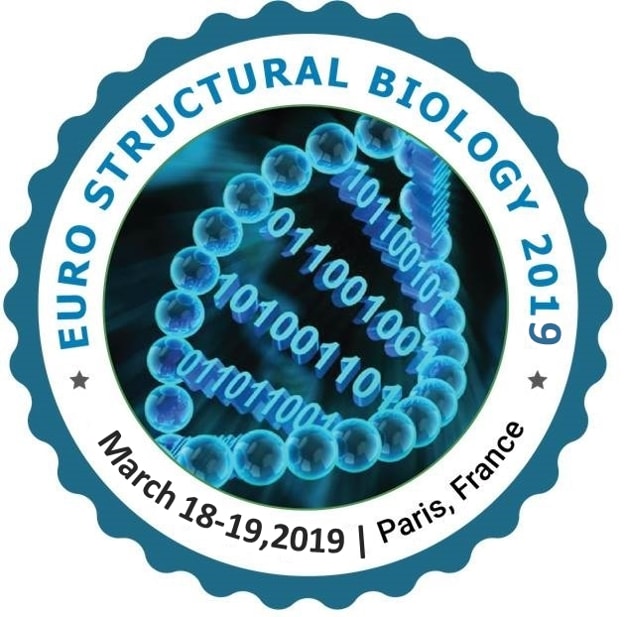
Evangelia G. Chronopoulou
Agricultural University of Athens, Greece
Title: Modularity of hGSTA1-1 serving improved biocatalysis
Biography
Biography: Evangelia G. Chronopoulou
Abstract
In the last few decades there has been a considerable increase in demand for enzymes as biocatalysts in research, pharmaceutical, food and laundry industry, biofuel development, agroindustry and fishery waste exploitation.1 Protein engineering is a prominent method to overcome limitations that can be faced in these areas1, aiming to the design and creation of new enzymes with novel of improved catalytic and structural features.2 Enzyme nanostructures are considered as an effective materials for the development of assembled structures with complexity and functional diversity.3,4 GSTs are multi-functional enzymes of high-importance for a number of biotechnological applications. They are considered as good model systems for engineering studies, due to their modular catalytic and binding features.5 This work was inspired by natural protein nanostructures and “lego’’ chemistry, aiming to the design and development of novel protein folds that can be self-assembled into complex-structures by exploiting the modularity capabilities of human GSTA1-1 enzyme (hGSTA1-1).Based on the analysis of the crystal structure of hGSTA1-1 (PDB identification code: 1K3Y)6, the residues Lys140 and Ser141were selected as potential hot-spots for step-by-step site-saturation mutagenesis. Four novel enzymes were designed and constructed: hGSTA1-1G (K140H), hGSTA1-1Ε (K140H, S141H), hGSTA1-1S (with the motif EKVLH before the mutation Κ140Η) and hGSTA1-1B (with more repetitive motives EKVLH after PCR-ligation). These GST genes were cloned in 5EXP-CT TOPO vector and expressed in E. coli. The recombinant enzymes were purified by affinity chromatography and their biochemical properties were studied. The results showed that the mutant and “lego” enzymes appear to exhibit improved catalytic efficiency and selectivity towards pesticides, without loosing their structural stability. The discovery and characterization of such enzymes, with the ability to fold and retain catalytic activity, can provide future building blocks in protein engineering efforts.

